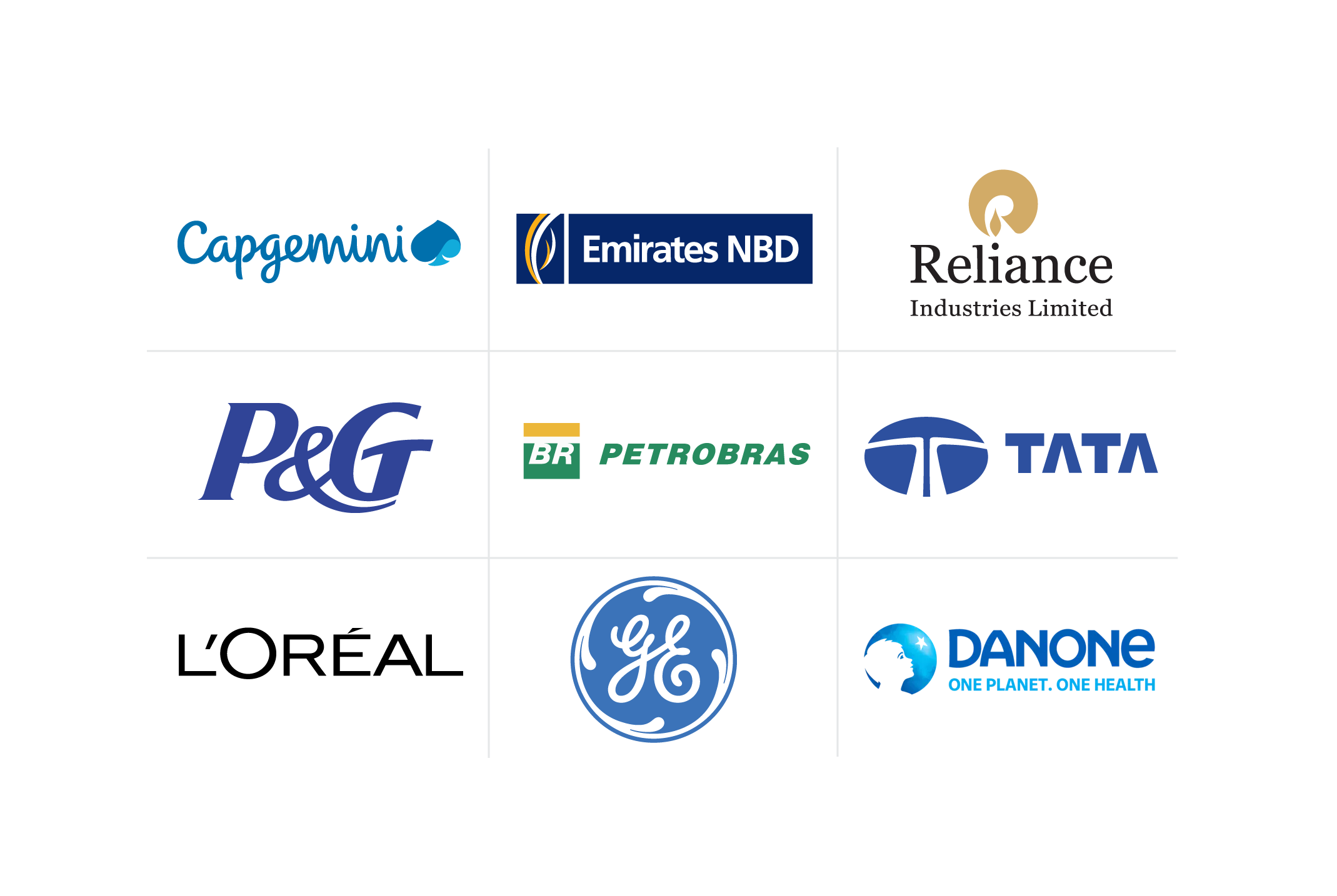Navigating the Employee Life Cycle: A Comprehensive Guide for Companies
Learn about the employee life cycle and how navigating it can help your company achieve more success. Discover the various stages involved and how you, as an employer, can make the entire experience more positive and productive.

A company's long-term success depends on a strong and capable group of employees. To build and retain the most effective team, it's helpful to understand the employee life cycle and how to navigate it. The employee life cycle contains several key stages, from when you begin looking for new team members to when they leave your company.
What is the employee life cycle?
When employees apply for a position, accept the job, and begin working, they enter into a process known to human resources (HR) professionals as the employee life cycle. Being aware of the stages in the process and how you can make them easier can help boost employee satisfaction, productivity, and retention.
4 employee life cycle stages and how to optimize them
Effective employee life cycle management starts with identifying the phases in an employee's journey. Four key phases include:
Recruitment and onboarding
Performance management
Employee development
Transition and offboarding
Once you know about the various stages, you can learn how to make them easier and more efficient for you and your employees.
Stage 1: Employee recruitment and onboarding
Stage one of the employee life cycle begins when a job seeker considers applying for a position with your company and continues through the company orientation process. Therefore, this phase might include attracting, recruiting, and interviewing a job candidate and then hiring and onboarding them [1].
You can optimize this stage by:
Offering attractive compensation and benefits packages
Streamlining your recruitment process by looking in-house first
Creating job descriptions that clearly define work duties and responsibilities
Supplying new hires with a company resource manual for continued reference
Stage 2: Employee engagement and development
Stage two of the employee life cycle involves keeping employees engaged and trained to the best of their ability. Employees engaged at work and participating in employee development often tend to stay with a company longer and feel more valued by their employer [2].
You can optimize this stage by:
Providing a company culture that stresses engagement and professional development
Arranging company volunteering activities and outings
Offering regular training and skill-enhancement programs
Collaborating with employees to create individual employee development plans

Stage 3: Employee performance management
Stage three of the employee life cycle involves monitoring work performance and providing employee assessments. This helps ensure that company expectations are met and objectives are achieved. It also helps ensure your employees are upskilling, performing to the best of their abilities, and progressing in their careers.
You can optimize this stage by:
Providing employees with clear work expectations and objectives
Giving regular feedback and conducting biannual performance reviews
Working with employees to develop strategies for improving work performance
Offering public recognition and/or rewards for improved performance
Stage 4: Employee transition and offboarding
Stage four of the employee life cycle occurs when a member of your team gives notice of their intention to leave the company. This transition may involve training between the departing and new employee, preparing offboarding paperwork, and dispensing a final paycheck. Providing a smooth offboarding process and departure for transitioning employees can help your company maintain a positive reputation and find good replacement employees.
You can optimize this stage by:
Praising the contributions and accomplishments of transitioning employees
Gaining valuable feedback through exit interviews
Providing adequate cross-training to ensure continued work output
Maintaining positive relationships with employees post-departure
Benefits of effective employee life cycle management
When you engage in good employee life cycle management, you provide employees with greater job consistency, higher worker satisfaction, and opportunities for professional growth. You could also see benefits like:
A more highly-trained staff
A pleasant and productive company culture
Improved communication in the workplace
Better employee retention rates
Lower recruitment and hiring costs
Integrating AI into employee life cycle management
Technology can help make each stage of the employee life cycle easier and more efficient for your company. For instance, recruitment tools using artificial intelligence (AI) can sift through thousands of potential job candidates on professional networks to find the right ones for you based on your needs.
Employee performance management software uses AI to continually track performance, which helps managers provide more accurate annual reviews. This data can also help managers develop better goals for employees and decide when to provide employee accolades or awards.
Additional types of AI tools used for employee life cycle management include:
Software for optimizing job postings
AI tools for improving the onboarding and offboarding processes
Employee retention software
Analytical tools that assess employee abilities, skill levels, and learning styles to provide customized training and development
5 strategies for an employee-centric company
What your employees experience from the moment they're hired until the time they leave your company can affect a variety of essential aspects of both your personnel and your company. Some of these include:
Their job satisfaction
Their productivity
How they interact with coworkers
How they interact with customers
Your employee retention rates
Your brand reputation
Your bottom line
To help make your company more employee-centric through all life cycle stages, consider five strategies:
Hire well-trained managers with stellar references or develop them yourself.
Keep lines of communication open by providing regular feedback and asking for feedback through surveys, interviews, and focus groups.
Offer individualized training and development, such as coaching, online courses, and opportunities to attend in-person classes or seminars.
Build trust and respect between employees by providing team-building activities, outings, and retreats.
Encourage a healthy work-life balance by offering benefits like company massages or yoga classes, flexible work schedules, family leave benefits, and mental health services.
Getting started with Coursera
Knowing about the key stages of the employee life cycle and how to make your company more employee-centric provides a good first step toward an effective team and a positive work environment. Attract frontline talent, support internal mobility, and prepare workers for in-demand, digital jobs with Career Academy from Coursera.
Featuring a curated catalog of guided tutorials and projects focused on high-value digital skills and tools, Career Academy offers competitive career development opportunities with training programs from industry leaders like Google, Salesforce, Intuit, Meta, and Ashok Leyland, among many others. Explore Coursera for Business to learn how to provide the technology training your business needs to be competitive.
Article sources
TechTarget. "Employee Lifecycle, https://www.techtarget.com/searchhrsoftware/definition/employee-life-cycle#:~:text=Attraction%20and%20recruitment,to%20critical%20information." Accessed June 3, 2025.
This content has been made available for informational purposes only. Learners are advised to conduct additional research to ensure that courses and other credentials pursued meet their personal, professional, and financial goals.

